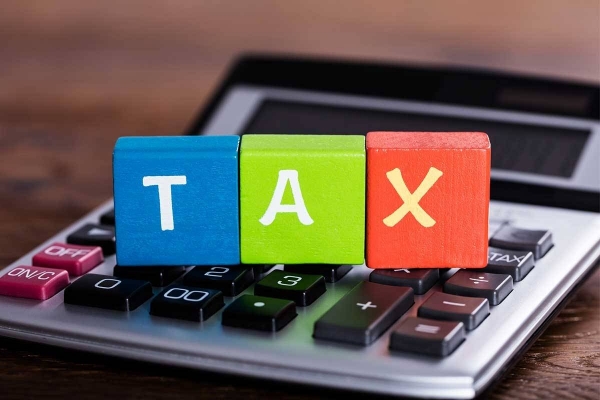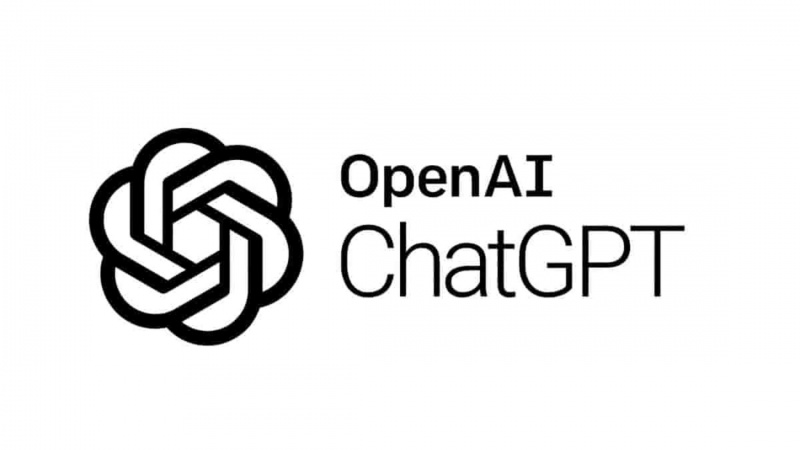For tax benefit, investments during extended period can’t exceed amount invested in the FY
Since the annual limit of Rs 1.5 lakh u / s 80C is exhausted due to a number of investment options and expenditures such as children's tuition fees, mortgage in
- by B2B Desk 2020-06-04 09:11:38
The deadline for various compliance, including tax-saving investments, has been extended from March 31, 2020, to June 30, 2020, to provide relief to investors, many of whom have missed the deadline because FY 2019-20 ended in the midst of the nationwide lockdown imposed to contain the spread of highly contagious Novel Coronavirus COVID-19.
The extension provided with the opportunity to the investors not only to make up for any shortfall in investment, including minimal investments but also to claim tax benefits over investments made during the extended period as well.

Since the annual limit of Rs 1.5 lakh u / s 80C is exhausted due to a number of investment options and expenditures such as children's tuition fees, mortgage interest, interest on home loan as well as mandatory PF/NPS deductions, etc crowd the section., many people make voluntary investments in Tier 1 Account of National Pension System (NPS) to get additional tax benefits up to Rs 50,000 over and above the 80C limit.
Accordingly, Nitesh (name change), who missed an NPS investment due to a problem with his bank account, is looking to invest in the extended period as offices open after relaxing upon closing. Likewise, Asish, burdened with huge tax expenditures, opened a new NPS account during the extension period to slightly reduce the tax burden.
Until the new notice of May 29, 2020, which notifies all Income Tax Return Forms (ITR) contains Schedule DI- Investment Details with a list of 12 sections containing investment/deposit/payments for this purpose to claim deduction under Part B of Chapter VIA.
However, close scrutiny of the Excel Utility of ITR-1, uploaded on the income tax portal on June 2, 2020, describes the actual structure of the DI table and reveals restrictions on investment limits during the extension period for claiming tax benefits.
While the table under Schedule in a blank Excel Utility of ITR-1 Blank Excel Utility only contains headings, the rows of different divisions that offer tax benefits only appear when investment figures during FY 2019-20 through 31 are recorded in March 2020 against the relevant divisions On the page containing the income details.
If no investment was made in any department until March 31, 2020, there would be no row below the Schedule DI for that particular section to place the figure of investment made during the extension period to claim tax benefits.
For example, if a person does not invest in NPS until March 31, they cannot claim any tax benefits through investing during the period from April 1, 2020, to June 30, 2020.
Although rows do appear under Schedule DI for the sections that contain investments during FY 2019-2020, investment figures during the period spanning the respective divisions cannot exceed the amount invested until March 31, 2020.
For example, in case a person has invested Rs 10,000 till March 31, 2020, and Rs 40,000 during the extended period, he can claim additional tax benefits of only Rs 10,000 during the extended period and not on Rs 40,000.
Therefore, unless the ITR scheme is changed, for the purpose of availing tax benefits, the investment during the extended period (i.e. from April 1, 2020, to June 30, 2020) under any department cannot exceed the investment in the respective division until March 31, 2020.
Source: Financial Express, MSM
Also Read: Facebook to acquire 9.9% stake in Jio Platforms via Jaadhu Holdings

POPULAR POSTS
Loan EMIs to Drop as RBI Slashes Repo Rate - Full MPC December 2025 Highlights
by Shan, 2025-12-05 11:49:44
Zoho Mail vs Gmail (2025): Which Email Platform Is Best for Businesses, Startups, and Students?
by Shan, 2025-10-09 12:17:26
PM Modi Launches GST Bachat Utsav: Lower Taxes, More Savings for Every Indian Household
by Shan, 2025-09-24 12:20:59
$100K H-1B Visa Fee Explained: Trump’s New Rule, Clarifications & Impact on Indian Tech Workers
by Shan, 2025-09-22 10:11:03
India-US Trade Deal Soon? Chief US Negotiator Arrives in Delhi as Talks Set to Begin Tomorrow
by Shan, 2025-09-15 11:54:28
Modi Meets Xi: Trump’s Tariffs, Strategic Autonomy, and the Future of Asia’s Power Balance
by Shan, 2025-09-03 06:40:06
Google Claims Gemini AI Uses Just ‘Five Drops of Water’ Per Prompt, Sparks Debate
by Shan, 2025-08-22 12:34:27
RECENTLY PUBLISHED

Pine Labs IPO 2025: Listing Date, Grey Market Premium, and Expert Outlook
- by Shan, 2025-11-05 09:57:07

The Agentic Revolution: Why Salesforce Is Betting Its Future on AI Agents
- by Shan, 2025-11-05 10:29:23

Top 10 Insurance Companies in India 2026: Life, Health, and General Insurance Leaders Explained
- by Shan, 2025-10-30 10:06:42

OpenAI Offers ChatGPT Go Free in India: What’s Behind This Big AI Giveaway?
- by Shan, 2025-10-28 12:19:11

Best Silver Investment Platforms for 2025: From CFDs to Digital Vaults Explained
- by Shan, 2025-10-23 12:22:46





 Subscribe now
Subscribe now 